Global Volcanism Program
Por um escritor misterioso
Last updated 19 maio 2024

Volcán Copahue is an elongated composite cone constructed along the Chile-Argentina border within the 6.5 x 8.5 km wide Trapa-Trapa caldera that formed between 0.6 and 0.4 million years ago near the NW margin of the 20 x 15 km Pliocene Caviahue (Del Agrio) caldera. The eastern summit crater, part of a 2-km-long, ENE-WSW line of nine craters, contains a briny, acidic 300-m-wide crater lake (also referred to as El Agrio or Del Agrio) and displays intense fumarolic activity. Acidic hot springs occur below the eastern outlet of the crater lake, contributing to the acidity of the Río Agrio, and another geothermal zone is located within Caviahue caldera about 7 km NE of the summit. Infrequent mild-to-moderate explosive eruptions have been recorded since the 18th century. Twentieth-century eruptions from the crater lake have ejected pyroclastic rocks and chilled liquid sulfur fragments.
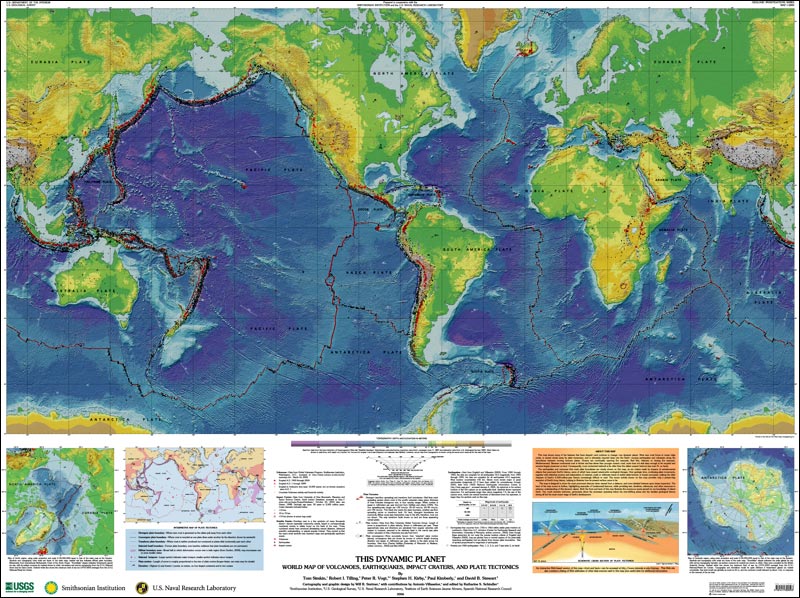
Global Volcanism Program

Global Volcanism Program - Report from the Bulletin of the Global Volcanism Network: Raung (Indonesia) Explosions with ash plumes and a thermal anomaly at the summit crater, July-October 2020. Webcam image from
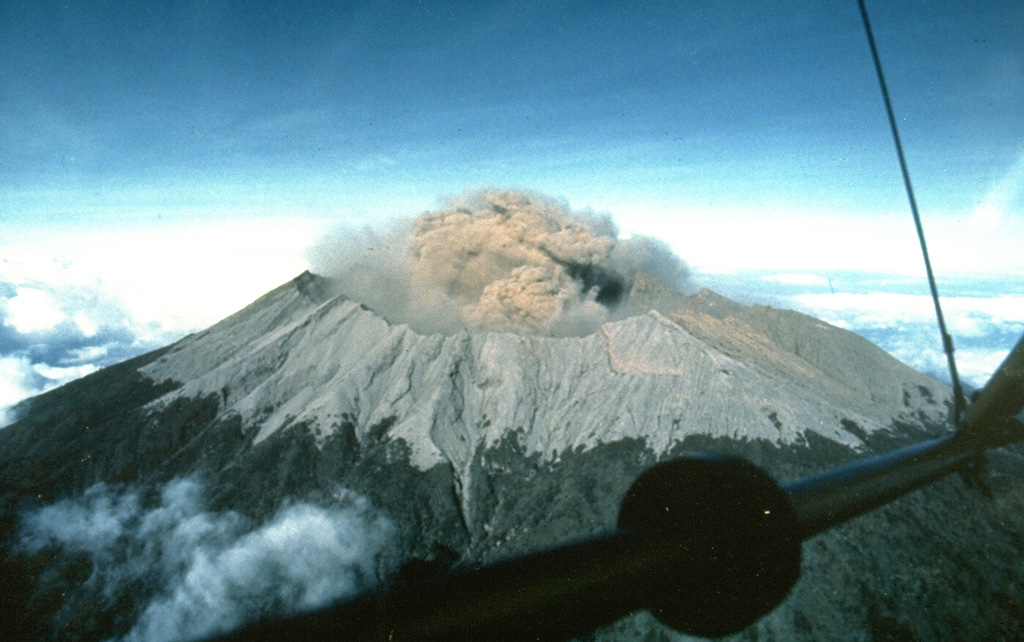
Global Volcanism Program

Global Volcanism Program: Worldwide Holocene Volcano and Eruption Information
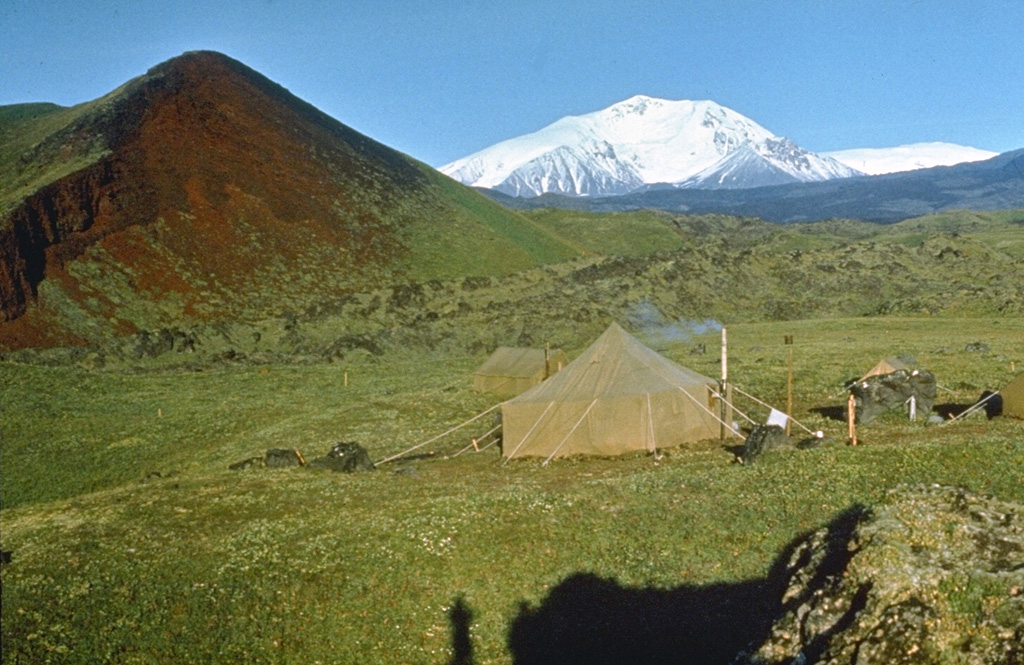
Global Volcanism Program
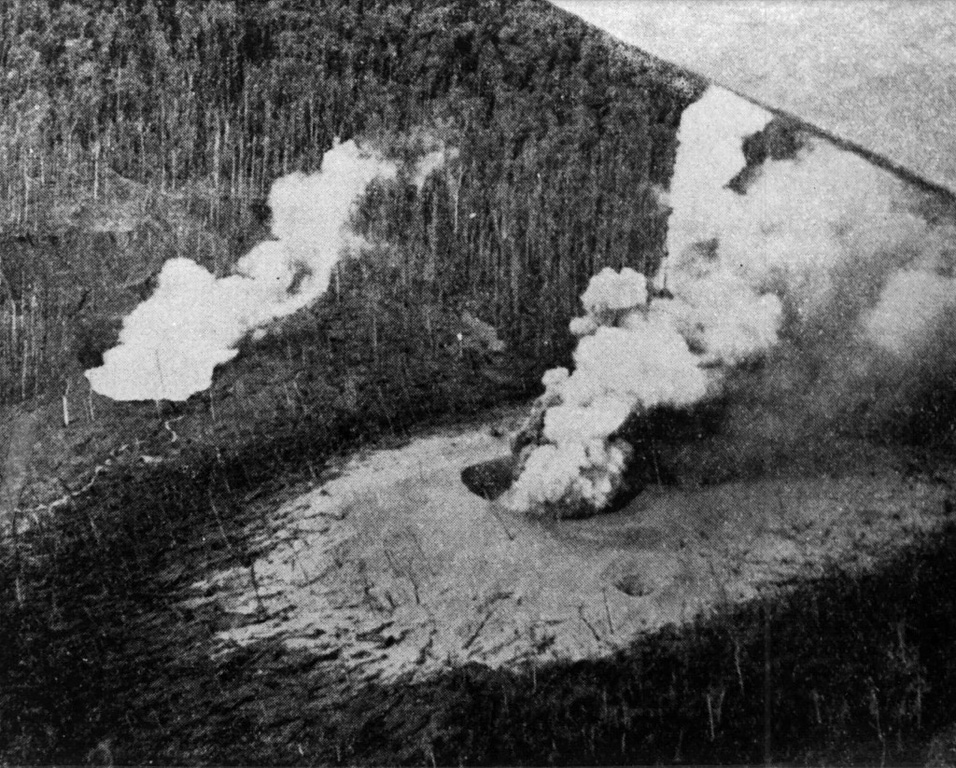
Global Volcanism Program
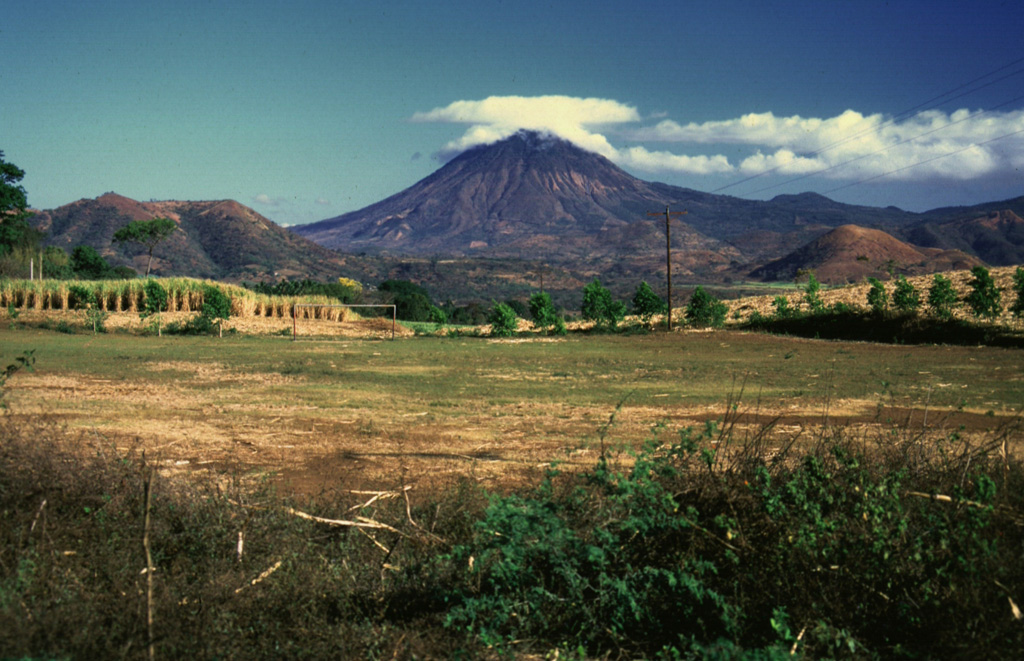
Global Volcanism Program

Timeline of eruption history based on the Global Volcanism Program
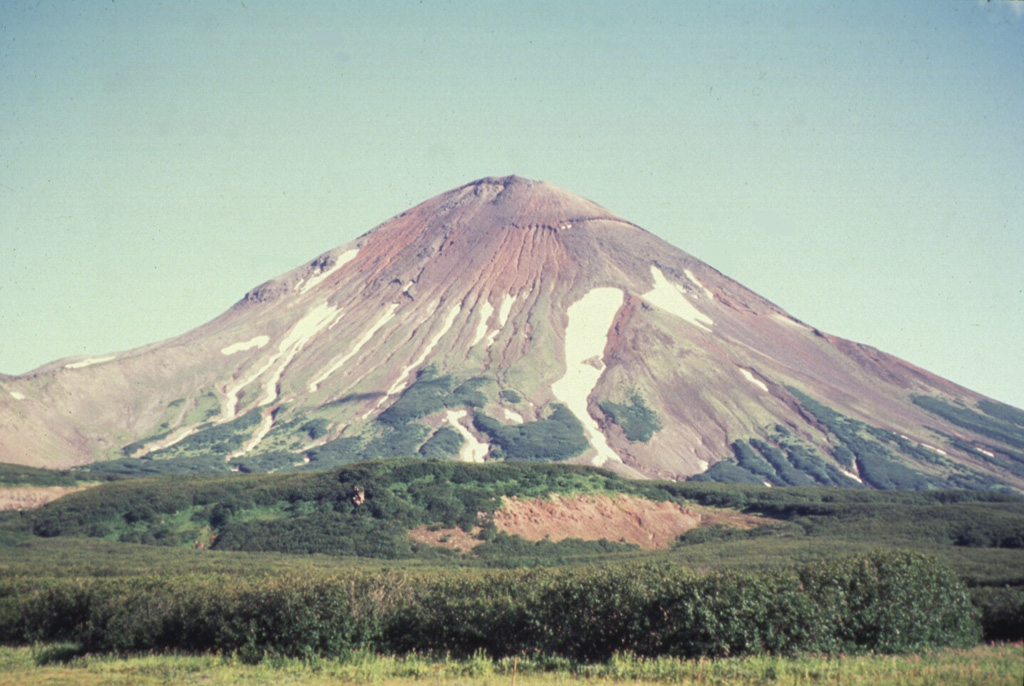
Global Volcanism Program

Timeline of eruption history based on the Global Volcanism Program
Recomendado para você
-
 Italy serie B sticker pack - Telegram Stickers Library19 maio 2024
Italy serie B sticker pack - Telegram Stickers Library19 maio 2024 -
Italia. Serie B 2017/2018. - Colours Of Football19 maio 2024
-
 Italian Serie C final tables : r/soccer19 maio 2024
Italian Serie C final tables : r/soccer19 maio 2024 -
:strip_icc()/i.s3.glbimg.com/v1/AUTH_bc8228b6673f488aa253bbcb03c80ec5/internal_photos/bs/2023/c/F/VYpu0sTRy5fLCebui2UA/carrossel-guia-serie-c-2023.jpg) Guia da Série C 2023: tudo sobre a competição, que começa nesta terça-feira, brasileirão série c19 maio 2024
Guia da Série C 2023: tudo sobre a competição, que começa nesta terça-feira, brasileirão série c19 maio 2024 -
 Vôlei: Brasil vence Itália no tie-break e garante vaga em Paris-202419 maio 2024
Vôlei: Brasil vence Itália no tie-break e garante vaga em Paris-202419 maio 2024 -
 Capcom Pro Tour - The Home of Street Fighter Esports19 maio 2024
Capcom Pro Tour - The Home of Street Fighter Esports19 maio 2024 -
 Perugia x Gubbio, Grupo B, Serie C NOW, Jogo completo19 maio 2024
Perugia x Gubbio, Grupo B, Serie C NOW, Jogo completo19 maio 2024 -
 Squid Game's creator: 'I'm not that rich. It's not like Netflix19 maio 2024
Squid Game's creator: 'I'm not that rich. It's not like Netflix19 maio 2024 -
 Mascotes da Copa do Mundo: relembre todos os personagens19 maio 2024
Mascotes da Copa do Mundo: relembre todos os personagens19 maio 2024 -
 Scheelite: Mineral information, data and localities.19 maio 2024
Scheelite: Mineral information, data and localities.19 maio 2024
você pode gostar
-
Stumble Guys (GameLoop) for Windows - Download it from Uptodown19 maio 2024
-
 Para Colorir – Sapo Brothers19 maio 2024
Para Colorir – Sapo Brothers19 maio 2024 -
 Rikei ga Koi ni Ochita no de Shoumei shitemita. - Episódio 2 - Animes Online19 maio 2024
Rikei ga Koi ni Ochita no de Shoumei shitemita. - Episódio 2 - Animes Online19 maio 2024 -
 One Piece episode 1023 release date and time following delay to anime19 maio 2024
One Piece episode 1023 release date and time following delay to anime19 maio 2024 -
 Gumball: Darwin's Yearbook19 maio 2024
Gumball: Darwin's Yearbook19 maio 2024 -
 How To Watch MVL vs Grischuk Today19 maio 2024
How To Watch MVL vs Grischuk Today19 maio 2024 -
 WCM : World Class Manufacturing : WCM Production System & Process Improvement (English Edition) eBook : ARICI, FUAD ENES: : Livros19 maio 2024
WCM : World Class Manufacturing : WCM Production System & Process Improvement (English Edition) eBook : ARICI, FUAD ENES: : Livros19 maio 2024 -
 Sonic Origins - 100% Playthrough (LONGPLAY)19 maio 2024
Sonic Origins - 100% Playthrough (LONGPLAY)19 maio 2024 -
 Review: Werewolf by Night #32 –19 maio 2024
Review: Werewolf by Night #32 –19 maio 2024 -
 Sonic? - Sonic.EXE One Last Round (CANCELLED) by Mr Pixel Productions19 maio 2024
Sonic? - Sonic.EXE One Last Round (CANCELLED) by Mr Pixel Productions19 maio 2024

